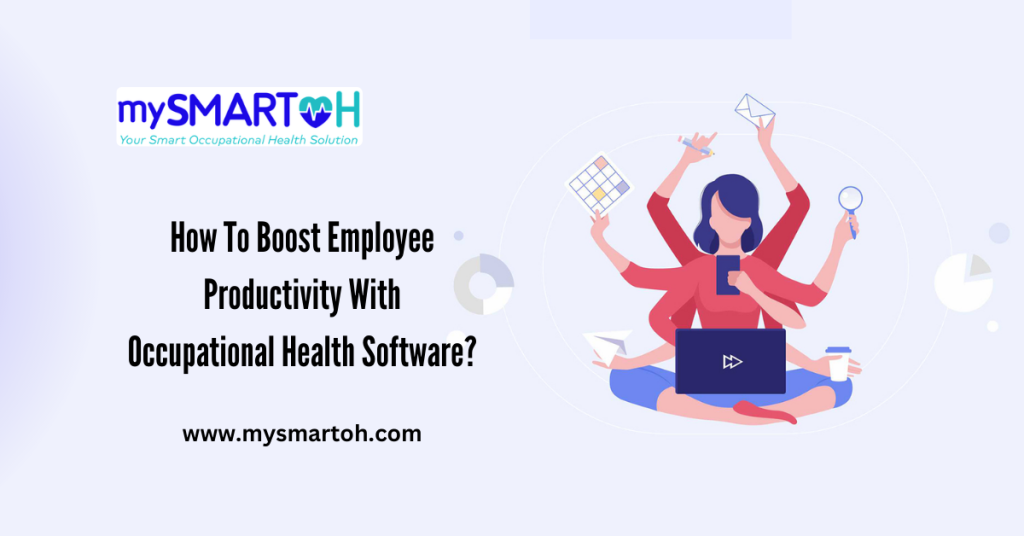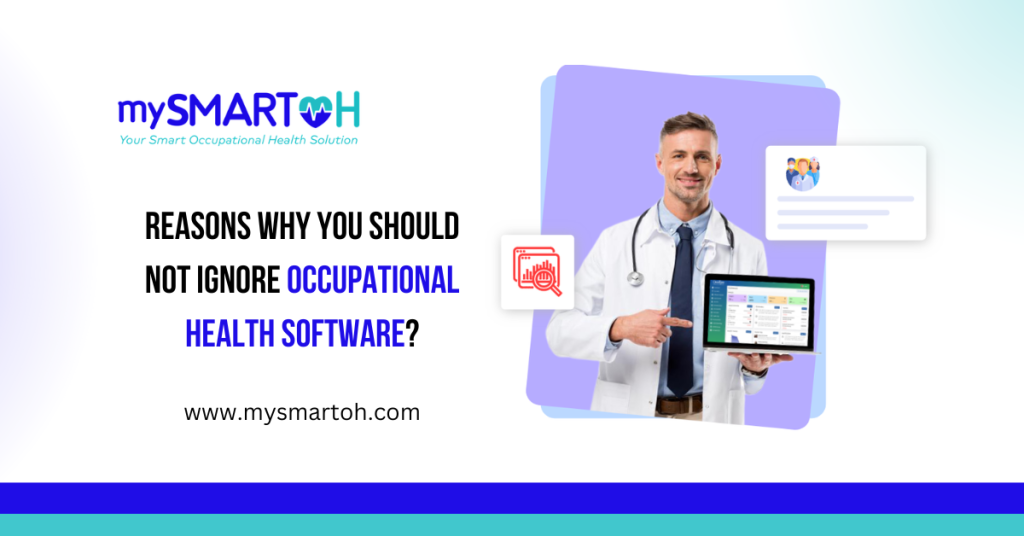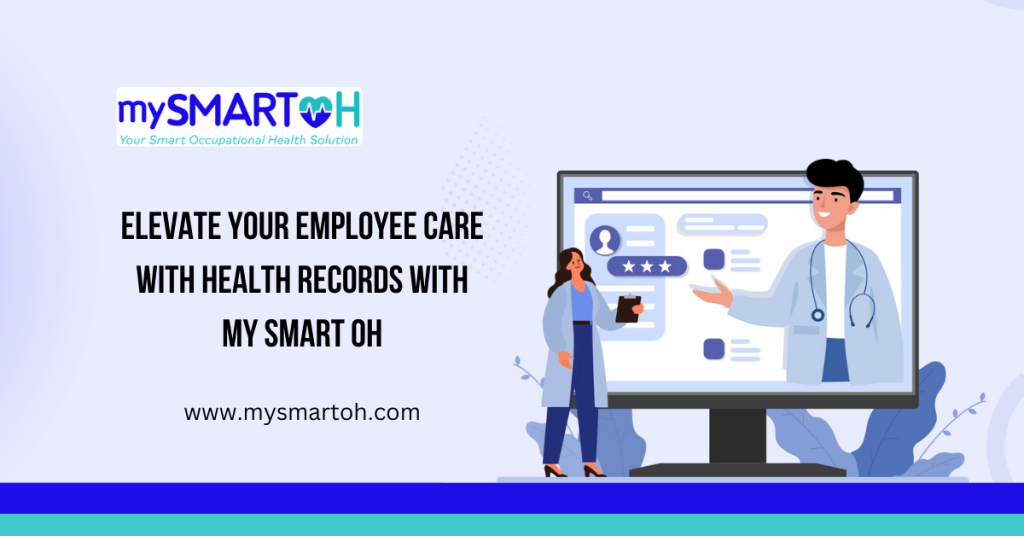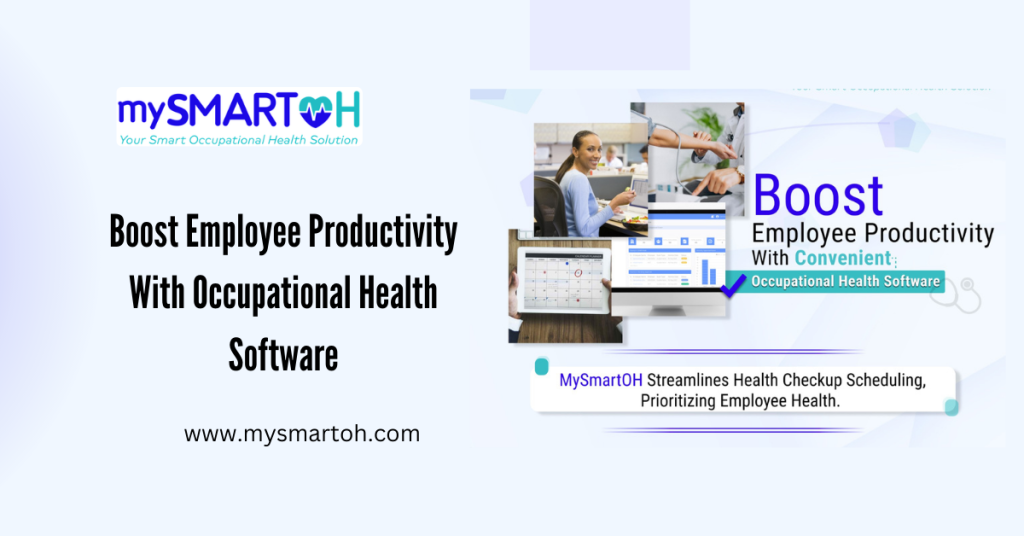Boost Employee Productivity With Occupational Health Software: Boost employee productivity with occupational health software. Explore strategies, success stories, and the impact on remote work. Learn how to integrate technology for a healthier and more productive workforce.
In the fast-paced corporate landscape, ensuring employee well-being is pivotal for enhanced productivity. This article delves into the multifaceted approach of using Occupational Health Software to boost employee productivity.
Importance of Employee Productivity
Understanding the intricate connection between employee health and productivity is crucial. Healthy employees are more engaged, focused, and contribute positively to the work environment.
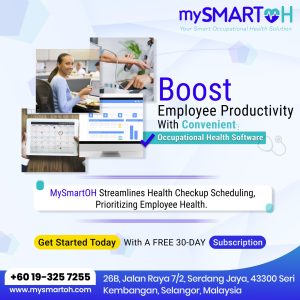
Role of Occupational Health Software
Occupational Health Software plays a pivotal role in proactively managing and enhancing employee well-being. From health assessments to personalized wellness plans, these tools are revolutionizing how companies approach employee health.
Also Read:
Key Features of Occupational Health Software
Delving into the features, we find tools for health tracking, wellness programs, and data analytics. These empower employees to take charge of their health while providing employers with valuable insights for tailored strategies.
Implementation Strategies
Successfully integrating Occupational Health Software requires a strategic approach. Companies need to align these tools with their corporate culture, ensuring seamless adoption and maximum impact.
Employee Engagement Through Technology
Fostering a positive work environment is achievable with technology. Employee engagement platforms integrated with health software create a holistic approach, promoting both physical and mental well-being.
Real-life Success Stories
Examining real-life cases where companies witnessed tangible improvements in productivity due to the implementation of health software adds a practical dimension to the discussion.
Impact on Remote Work
With the rise of remote work, addressing health concerns becomes paramount. Occupational Health Software adapts to the virtual workspace, ensuring employees remain healthy and productive wherever they are.
Promoting Mental Health at Work
Acknowledging and addressing mental health challenges is an integral part of boosting overall employee productivity. The software incorporates tools and resources dedicated to mental well-being.
Streamlining Health Assessments
Simplifying health assessments through software not only saves time but also ensures accurate and consistent data, providing a solid foundation for employee health strategies.
Employee Empowerment Programs
Encouraging employees to actively participate in their health journey fosters a sense of ownership. Software-driven empowerment programs play a crucial role in this regard.
Wellness Initiatives in Large Corporations
Exploring how major corporations implement large-scale wellness initiatives sheds light on the scalability and adaptability of Occupational Health Software.
Integrating Occupational Health with HR Systems
The seamless integration of health software with HR systems streamlines processes, making it more convenient for both employees and human resource professionals.
Customizing Solutions for Small Businesses
Recognizing the unique needs of small businesses, health software can be customized to ensure practicality and effectiveness without overwhelming resources.
Training Programs for Effective Utilization
Ensuring that employees are proficient in using health software requires dedicated training programs. These initiatives contribute to the successful implementation and utilization of the tools.
Addressing Data Security Concerns
Maintaining data security and confidentiality is paramount. This section explores the measures taken by Occupational Health Software to safeguard sensitive employee information.
Overcoming Resistance to Change
Employees may initially resist changes in their routine. Strategies for overcoming this resistance and fostering a positive attitude towards health software implementation are discussed.
Future Trends in Occupational Health Software
Looking ahead, the article delves into predictions and advancements in Occupational Health Software, offering insights into the future of employee well-being.
Also Read:
FAQs: Boost Employee Productivity With Occupational Health Software
1. How does Occupational Health Software enhance employee productivity?
Occupational Health Software enhances productivity by providing personalized health insights, fostering a positive work environment, and addressing health concerns promptly.
2. Is Occupational Health Software suitable for small businesses?
Yes, Occupational Health Software can be customized to meet the unique needs of small businesses, providing practical and effective solutions.
3. How can companies ensure data security when using health software?
Occupational Health Software incorporates robust security measures, including encryption and access controls, to safeguard sensitive employee information.
4. Can health software be integrated with existing HR systems?
Absolutely, the seamless integration of health software with HR systems ensures efficiency and convenience for both employees and HR professionals.
5. What training programs are available for using health software?
Companies often provide dedicated training programs to ensure employees are proficient in using health software, maximizing its benefits.
Conclusion: Boost Employee Productivity With Occupational Health Software
In conclusion, the integration of Occupational Health Software is a transformative step towards fostering a healthier and more productive workforce. As we navigate the future, these tools will continue to play a pivotal role in shaping the landscape of employee well-being.
